Name William Rubruck | Died 1293 | |
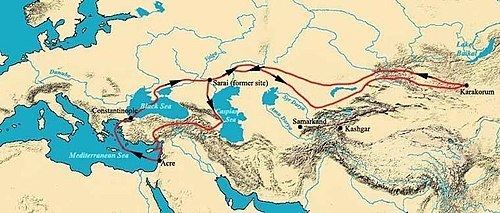 | ||
William of Rubruck (c. 1220 – c. 1293) was a Flemish Franciscan missionary and explorer. His account is one of the masterpieces of medieval geographical literature comparable to that of Marco Polo and Ibn Battuta. Born in Rubrouck, Flanders, he is known also as William of Rubruk, Willem van Ruysbroeck, Guillaume de Rubrouck or Willielmus de Rubruquis. He travelled to various places of the Mongol Empire in Asia before his return to Europe.
Contents

Mission
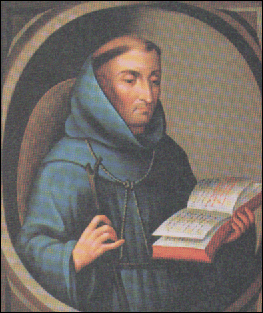
William accompanied King Louis IX of France on the Seventh Crusade in 1248. On May 7, 1253, on Louis' orders, he set out from Constantinople on a missionary journey to convert the Tatars to Christianity. He actually followed the route of the first journey of the Hungarian Friar Julian, and in Asia that of the Italian Friar Giovanni da Pian del Carpine. With William's party were Bartolomeo da Cremona, an attendant called Gosset, and an interpreter named in William's report Homo Dei, meaning "man of God", perhaps representing the Arabic Abdullah, "servant of God."
Travels
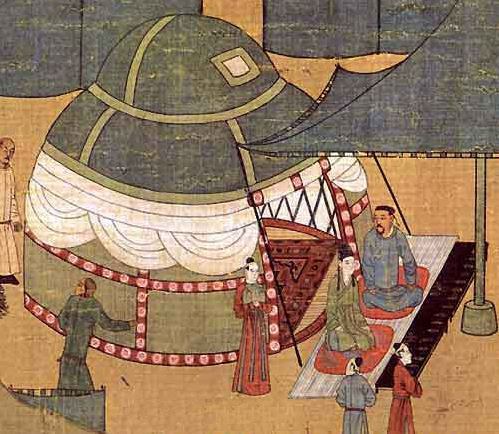
After reaching the Crimean town of Sudak, William continued his trek with oxen and carts. Nine days after crossing the Don he met Sartaq Khan, ruler of the Kipchak Khanate. The Khan sent William on to his father, Batu Khan, at Sarai near the Volga. Five weeks later, after the departure from Sudak, he reached the encampment of Batu Khan, Mongol ruler of the Volga River region. Batu refused conversion but sent the ambassadors on to the Great Khan of the Mongols, Möngke Khan. He and his travelling companions set off on horseback on September 16, 1253 on a 9,000 km journey to the court of the Great Khan at Karakorum. Upon arrival they were received courteously, and he was given an audience on January 4, 1254. William's account provided an extensive description of the city's walls, markets and temples, and the separate quarters for Muslim and Chinese craftsmen among a surprisingly cosmopolitan population. Among Europeans he encountered were the nephew of an English bishop, a woman from Lorraine who cooked William's Easter dinner and a French silversmith, making ornaments for the Khan's women and altars for the Nestorian Christians. Guillaume Bouchier was the Frenchman. He stayed at the Khan's camp until July 10, 1254, when they began their long journey back home. William and his companions reached the Crusader State of Tripoli on August 15, 1255. William of Rubruck's was the fourth European mission to the Mongols: previous ones were led by Giovanni da Pian del Carpine and Ascelin of Lombardia in 1245 and André de Longjumeau in 1249. The King was encouraged to send another mission by reports of the presence of Nestorian Christians at the Mongolian court.
Account
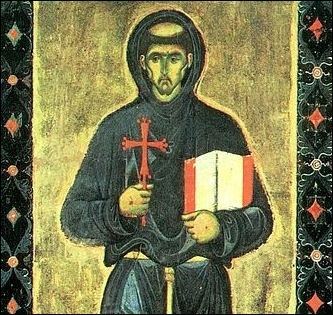
On his return, William presented to King Louis IX a very clear and precise report, entitled Itinerarium fratris Willielmi de Rubruquis de ordine fratrum Minorum, Galli, Anno gratiae 1253 ad partes Orientales.

In this report, he described the peculiarities of Mongolia as well as many geographical observations. There were also anthropological observations, such as his surprise at the presence of Islam in Inner Asia.

William also answered a long-standing question, demonstrating by his passage north of the Caspian that it was an inland sea and did not flow into the Arctic Ocean; although earlier Scandinavian explorers had doubtlessly already known this, he was the first to report it.
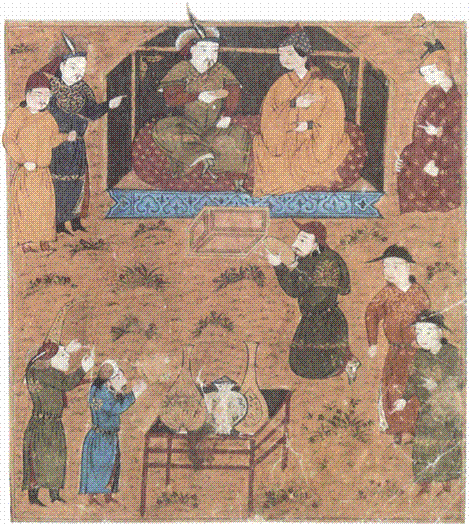
William's report is divided into 40 chapters. Chapters 1-10 relate general observations about the Mongols and their customs. Chapters from 11 to 40 give an account of the course and the events of William's voyage.
The report of William of Rubruck is one of the great masterpieces of medieval geographical literature, comparable to that of Marco Polo, although they are very different. William was a good observer, and an excellent writer. He asked many questions along the way and did not take folk tale and fable as truth.
In May 1254, during his stay among the Mongols, William entered into a famous competition at the Mongol court, as the khan encouraged a formal debate between the Christians, Buddhists, and Muslims, to determine which faith was correct, as determined by three judges, one from each faith. A Chinese participated with William in the competition.
Editions
Rubruck's account was partly edited and translated into English by Richard Hakluyt in 1598-1600. The full account was published by the Société de Géographie in the Recueil de voyages et de mémoires, IV (Paris, 1839). An English translation by William Woodville Rockhill, The Journey of William of Rubruk to the Eastern Parts, was published by the Hakluyt Society in 1900. The Society released an updated translation by Peter Jackson in 1990.
